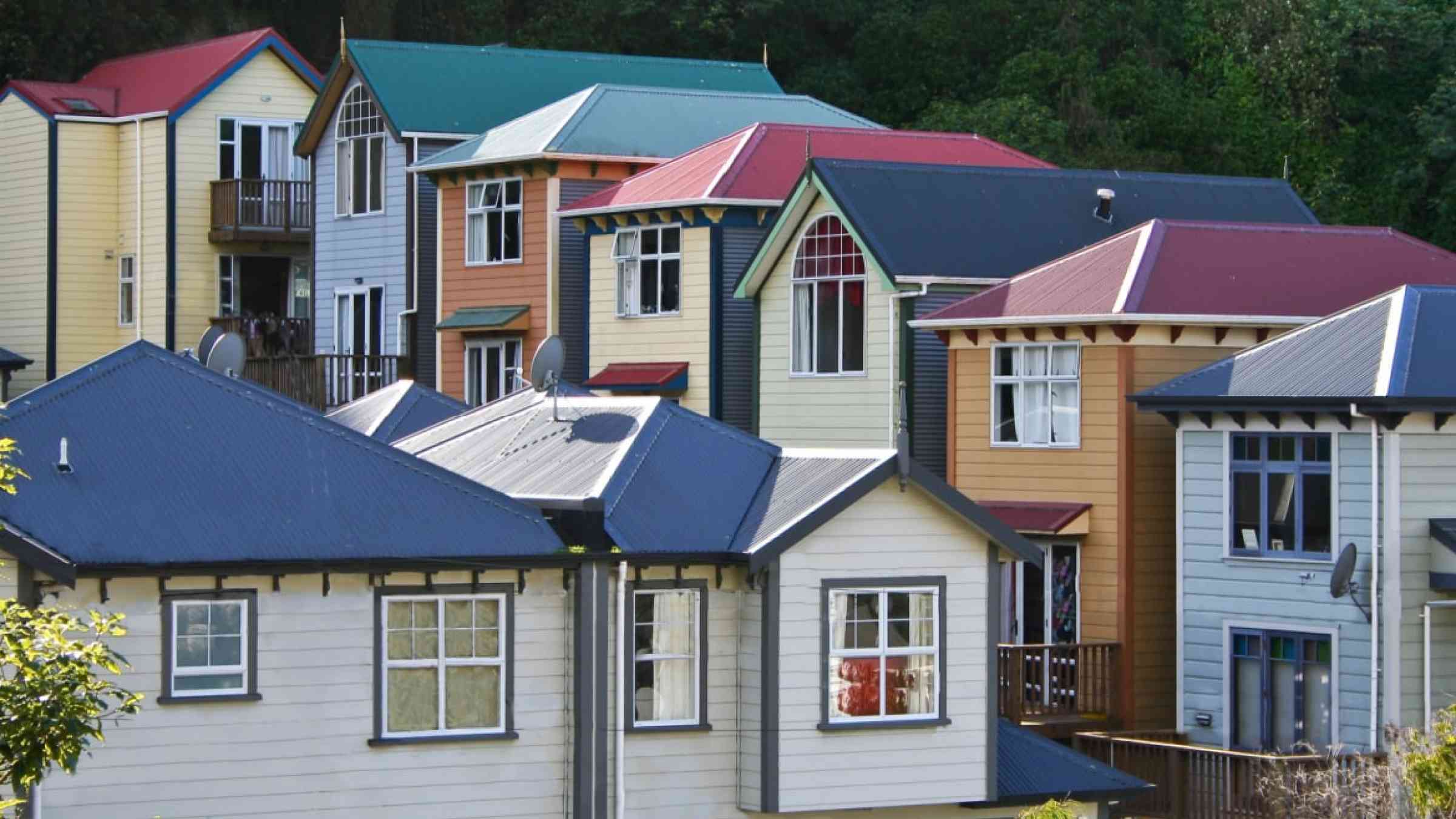Please help us improve PreventionWeb by taking this brief survey. Your input will allow us to better serve the needs of the DRR community.
Community spirit key to faster flood recovery

The increasing magnitude and frequency of high-impact weather events means some communities have entered near-permanent states of recovery, leaving them more vulnerable to future disasters.
Massey University PhD candidate Anna-Kay Spaulding Agbenyegah hopes to address these issues by finding out how different communities recover from landslides and flooding caused by extreme weather events and helping them develop comprehensive recovery plans that address the short-, medium- and long-term phases of post-event recovery.
“When disaster strikes it’s the community that steps in first,” Anna-Kay says. “But while many people talk about recovery in the short and medium term, not many speak about long term recovery.”
Anna-Kay’s research focuses on the August 2021 flooding event and its effects on the West Auckland communities of Henderson Valley and Kumeū-Huapai. When Anna-Kay first visited these communities in July 2022, debris from this event was still present along the riverbanks and floodplain area.
“In Henderson Valley, the local community doesn’t have the resources they need to remove large debris from their properties or from roads, and so they have to call on neighbours to find out who has the right tools to help remove debris. They source equipment themselves, but not many people have the training or skills to use big machinery.”
The community did receive some help from authorities after the flood event. “But community members mentioned that even though the event took place during the Covid-19 lockdown, better follow-ups could have been done with residents whose homes were red-stickered.”
Despite, or perhaps because of this, Henderson Valley is one of the more disaster-aware and resilient communities Anna-Kay has encountered.
“The Henderson Valley Resident’s Association has a volunteer Emergency Management group which has a very active Facebook page that they use to mobilise resources after disasters.”
In contrast to the small, semi-rural, and valley-confined community of Henderson Valley, the more affluent community of Kumeū-Huapai is situated on a peri-urban floodplain and is growing fast.
“Both communities have high community group involvement, but Henderson Valley is more knowledgeable about floods and has higher social capital than Kumeū-Huapai. The Henderson Valley community members are more connected with each other.”
A well-developed sense of shared values and resources, well-subscribed lines of communication, and strong community relationships are all things Anna-Kay’s research has identified as key factors contributing to better community recovery and resilience.
But communities can’t do it alone.
“The National Disaster Resilience Strategy speaks about giving communities ownership of their disaster plans, however that’s not necessarily happening on the ground. Communities need help from agencies such as Auckland Council, Auckland Emergency Management, and local boards to assist them to develop and implement a Community Recovery Plan.”
How these and other agencies work with communities has long been a thorny issue. Anna-Kay’s work suggests a key barrier to success is a lack of clarity on community versus council and government agency responsibilities.
“Communities want and need more support from authorities to help them do things like remove debris from the river but have been told that authorities are not responsible for cleaning up rivers that run alongside private properties. So there needs to be a lot of education and training in the community so people know who is responsible for what and where they can get help if they don’t have the skills and resources they need. Poor communication between disaster-affected communities and agencies is a key problem that needs fixing.”
Anna-Kay acknowledges that it can be time-intensive for authorities to build relationships, and says in some cases community engagement may need to be reinitiated with a person who is not perceived as a threat.
“In order to gain trust, local authorities need to engage with locals, listen to their needs, and help people resolve issues.”
In the meantime, what is the best thing communities can do themselves to prepare for and promote better recovery from extreme weather events?
“Communities with high social capital recover faster. This means having good community spirit, knowing your neighbours and their contact information, and getting involved in community groups.”
Anna-Kay recommends having an effective alert system and mitigation measures in place before an event occurs and having a community emergency management group that has key connections in the area, including with council and community members with resources.
“Having the right people (qualified and experienced) ready to respond to a weather event is a challenge that requires training and investment. So does developing a recovery plan and making sure that it reaches everyone in the community and that everyone is on the same page.”
Although may take some time, Anna-Kay is confident these challenges can be overcome.
“Recovery is not a one-off thing. I hope this PhD will help communities develop a recovery plan, iron out details, and focus more on recovery beyond the short-term phase.”
Explore further
Please note: Content is displayed as last posted by a PreventionWeb community member or editor. The views expressed therein are not necessarily those of UNDRR, PreventionWeb, or its sponsors. See our terms of use
Is this page useful?
Yes No Report an issue on this pageThank you. If you have 2 minutes, we would benefit from additional feedback (link opens in a new window).